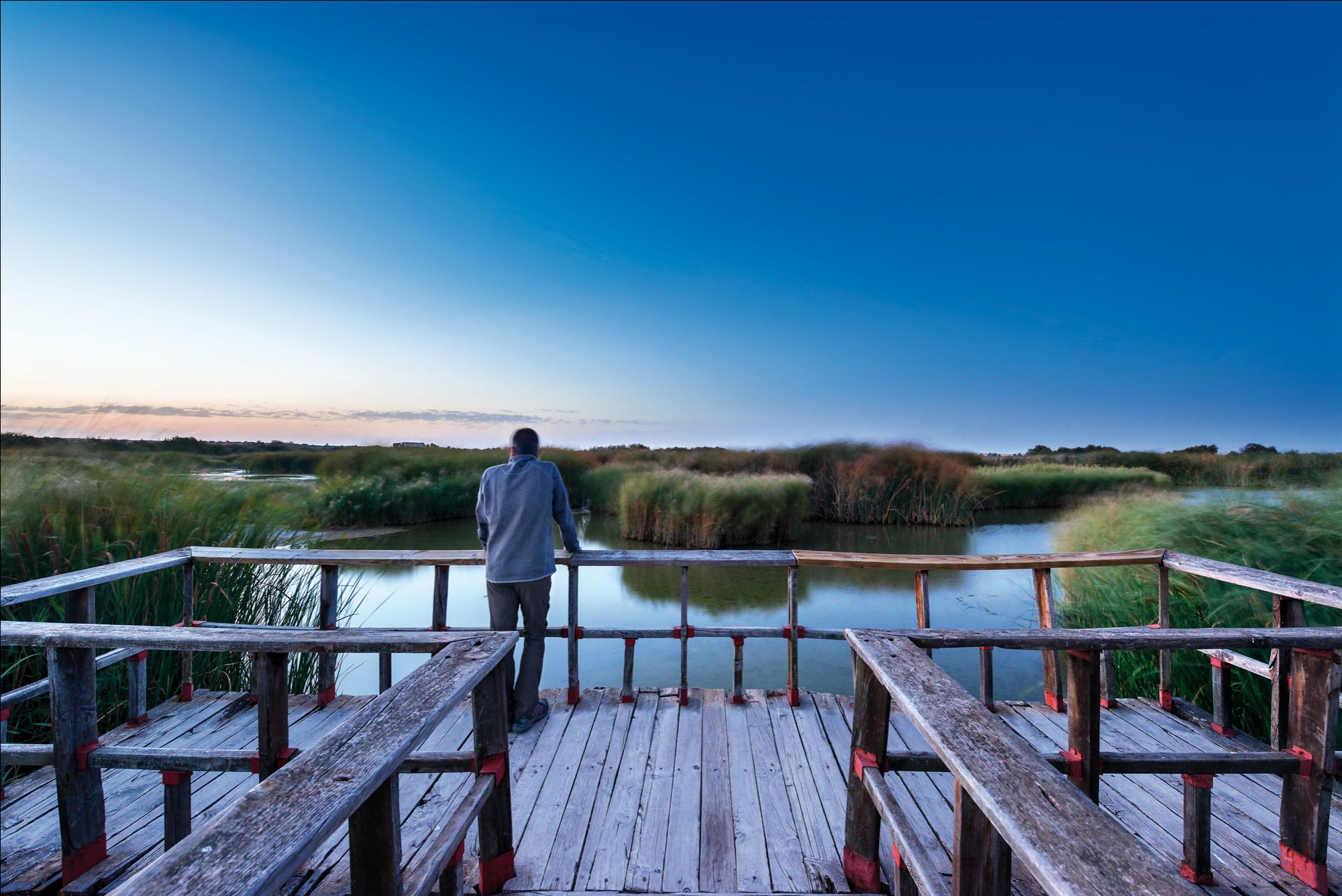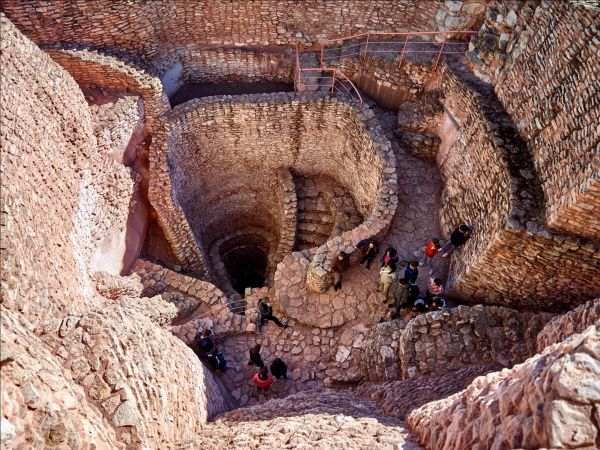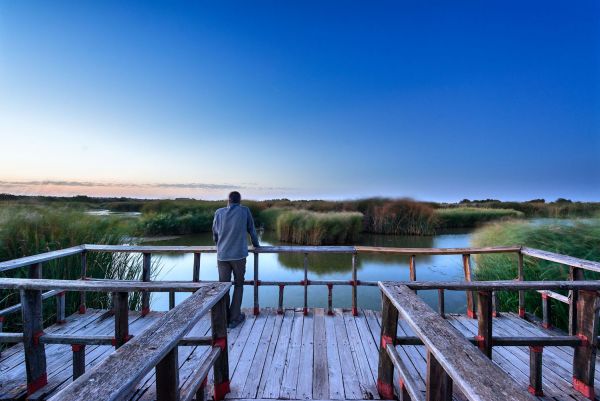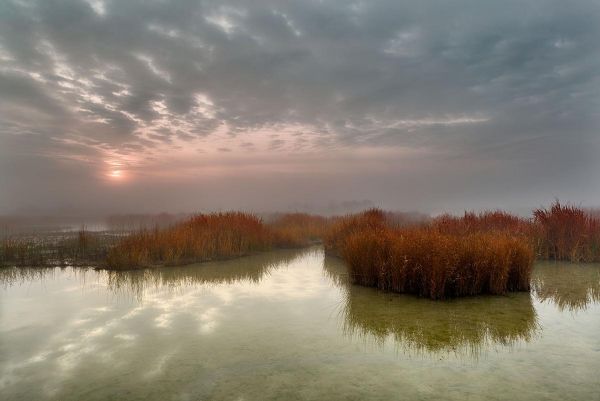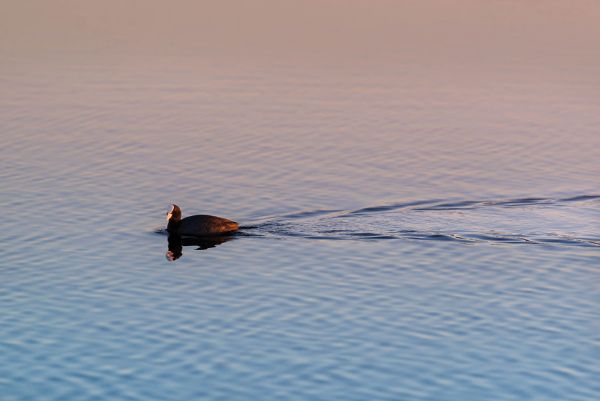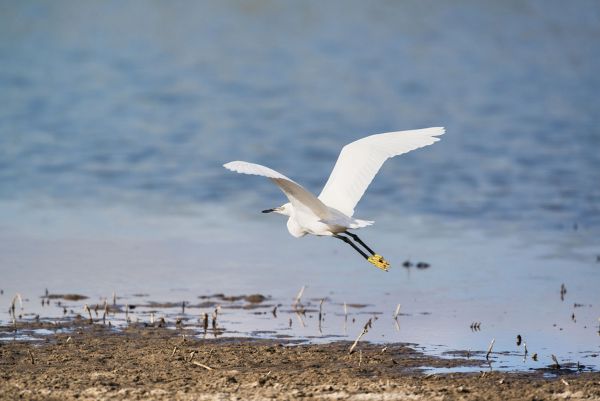Daimiel. Las Tablas and la Motilla
Ciudad Real
With Daimiel as the epicentre, we propose a day with two fascinating visits. In Daimiel itself, the main square is a beautiful spot for relaxing and gearing up for excursions, and provides a nice base: we can pause to visit the churches of St. Peter the Apostle and Santa María la Mayor, examples of 15th and 16th century religious architecture.
We are in the rolling La Mancha plains. There are no signs of what lies up ahead: most of the municipality of Daimiel is full of water and life –just 2 km from Daimiel, a short walk, is the Navaseca Lagoon, part of the “Mancha Húmeda” Biosphere Reserve and an exceptional place for bird watching–.
15 km from Daimiel, there is Las Tablas de Daimiel National Park, a unique wetland at European level and the last example of ecosystems called “river tables” (places free from slopes that flood occasionally due to rivers overflowing). The water, plus the development of an imposing, natural plant cover, create an exceptional habitat for all fauna linked to the aquatic environment, particularly all the avifauna using these zones in winter, and for breeding and nesting, creating a complete area for aquatic birds. Great variety in the town of Las Tablas. Among the birds best adapted to water are the great crested grebe, common grebe and the black-necked grebe. Herons, egrets, and all kinds of Iberian ducks can be seen, depending on the time of year when we visit the Park.
Visits are free every day of the year.
We recommend visiting the Park first thing in the morning or late in the afternoon.
Las Tablas de Daimiel is visited via three self-guided pedestrian routes departing from the Visitors Centre car park. In the Visitors Centre, we can get useful information such as how to access Las Tablas, the routes, and advice and recommendations depending on the time of the year we’re in, as well as the water levels and condition of the wildlife present in Las Tablas on the day of our visit.
The Motilla del Azuer, in Daimiel, is La Mancha’s most representative Bronze Age archaeological site (2,200- 1,300 B.C.), in a unique settlement type in pre-history, the ‘Motilla’ (man-made hills). The name refers to its form: an artificial elevation in a flat, surrounding space. This is the oldest documented in the peninsula. The layout features a fortified inner area, with concentric walls around a central tower, large storage silos, the big patio with a hydraulic structure, on the water table.
There are time slots for visiting, a tickets must be purchased online or in the Daimiel regional museum.
May also be of interest to you
Castilla-La Mancha Tourism in 2023. All rights reserved.

 365
365
